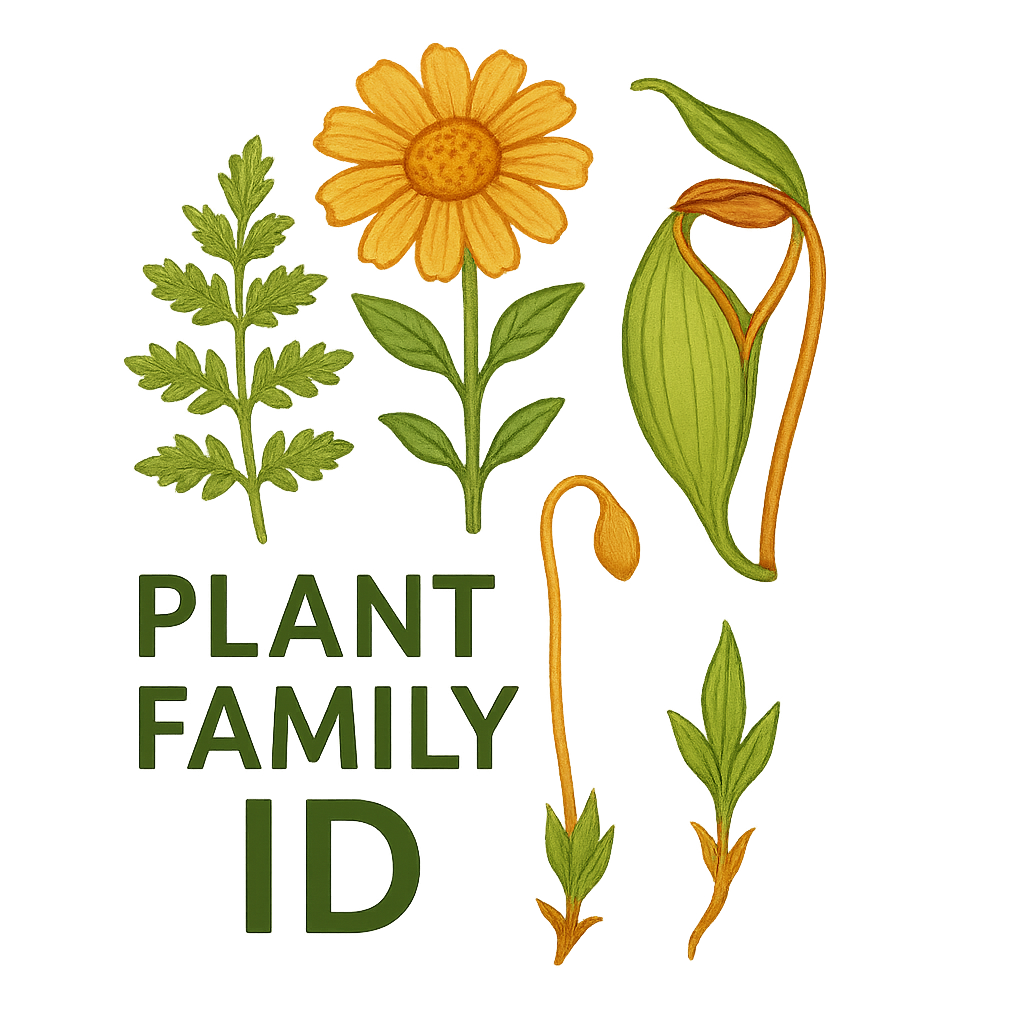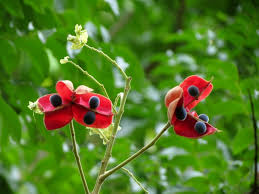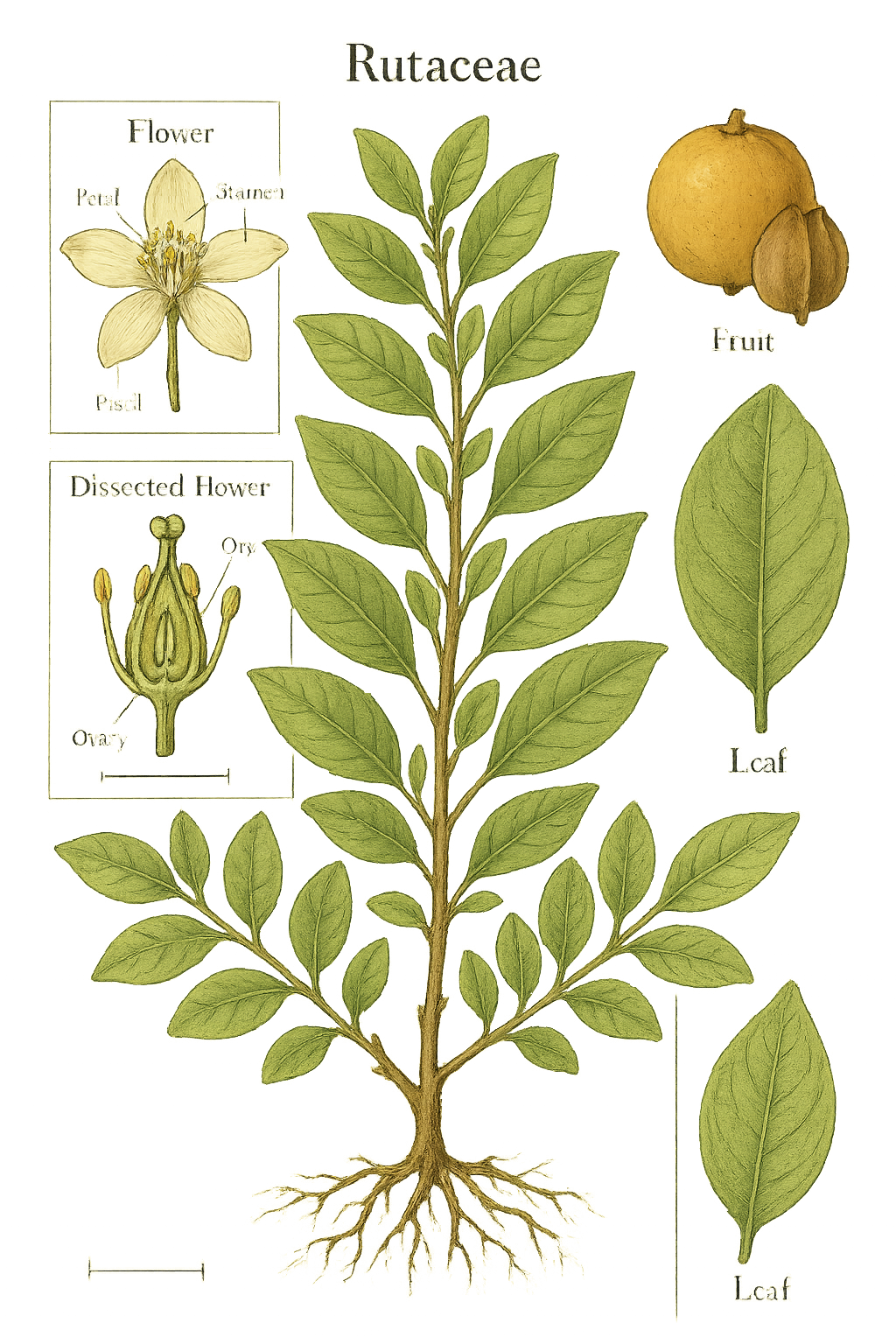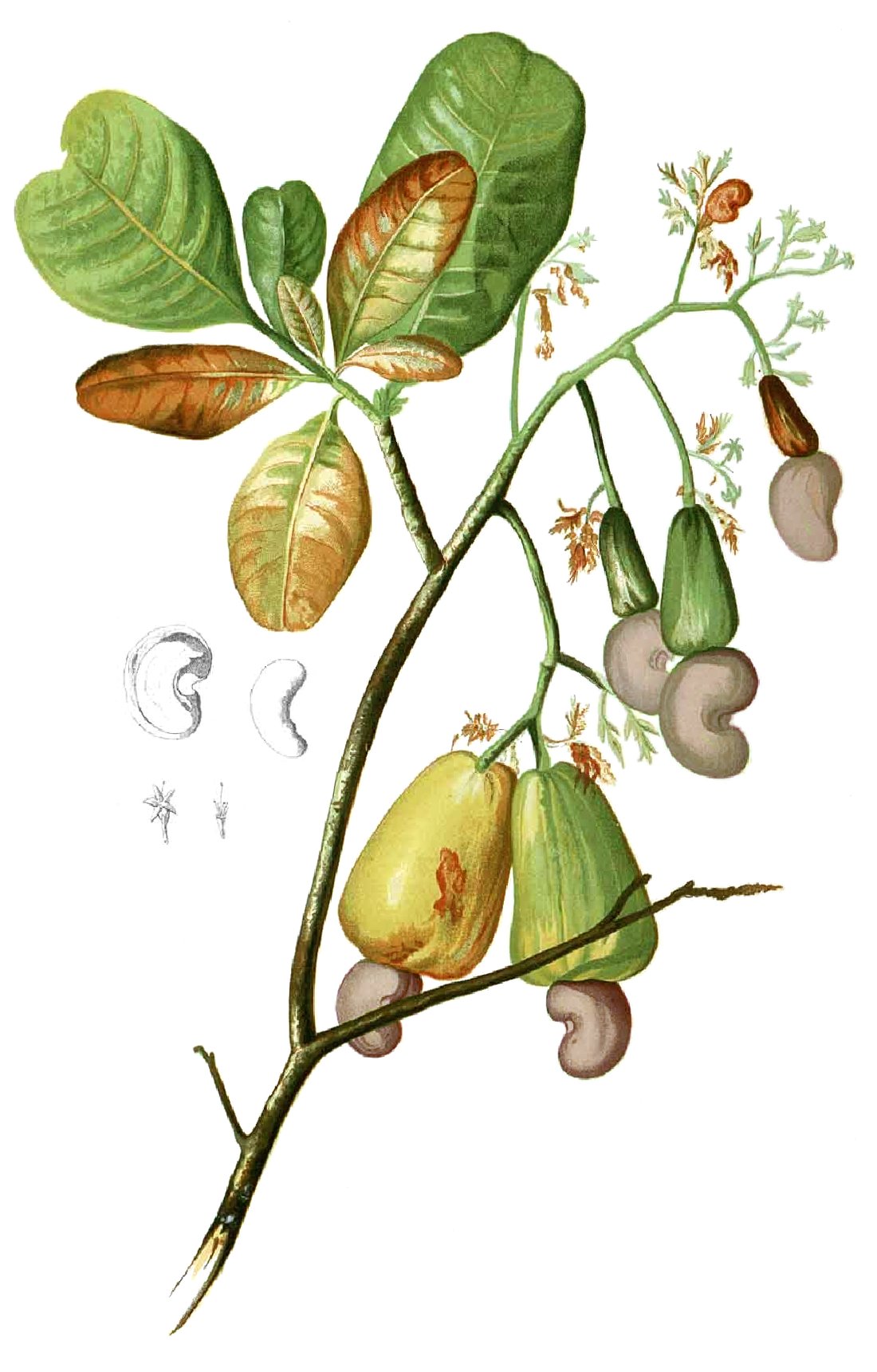Meliaceae
Mahogany Family
Meliaceae, the mahogany family, is a significant family of flowering plants in the order Sapindales (Rosids), consisting primarily of trees and shrubs. It is distributed throughout tropical and subtropical regions worldwide. The family is economically important for its valuable timber (mahogany, Spanish cedar, Sapele) and biologically interesting for producing complex secondary compounds called limonoids (e.g., azadirachtin from Neem). Key characteristics include typically alternate, pinnately compound leaves and flowers with stamens fused into a distinctive staminal tube.
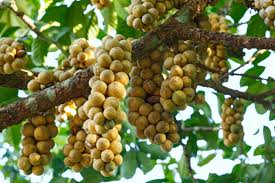
Overview
Meliaceae includes about 50 genera and around 600 species, predominantly trees and shrubs, found across the world's tropical and subtropical zones. They are major components of many tropical forest ecosystems. The family is renowned for producing high-quality timber; true mahoganies (Swietenia), Spanish cedar (Cedrela), African mahoganies (Khaya, Entandrophragma), and Toon (Toona) are all commercially significant members.
Beyond timber, the family is notable for its complex chemistry, particularly the production of limonoids (also known as tetranortriterpenoids). The most famous limonoid is azadirachtin from the Neem tree (Azadirachta indica), which has potent insecticidal and medicinal properties. Other members also have traditional medicinal uses or produce edible fruits or oilseeds (Carapa). Vegetatively, the family is often recognized by its alternate, pinnately compound leaves, while the flowers typically exhibit a unique staminal tube formed by fused filaments.
Quick Facts
- Scientific Name: Meliaceae
- Common Name: Mahogany Family
- Number of Genera: Approximately 50
- Number of Species: Approximately 600
- Distribution: Pantropical and subtropical.
- Habit: Mostly trees and shrubs.
- Evolutionary Group: Eudicots - Rosids (Malvids) - Sapindales
- Economic Importance: Timber (mahogany, cedar), Neem products (insecticide, medicine), some fruits/oils.
Key Characteristics
Growth Form and Habit
Primarily trees (ranging from small to very large canopy emergents) and shrubs. Herbaceous members are very rare.
Leaves
Leaves are usually alternate (rarely opposite), and typically pinnately compound (once-pinnate, sometimes bipinnate, rarely simple). Leaflets generally have entire margins. The rachis (main axis of the compound leaf) may sometimes have an apical bud that aborts or allows indeterminate growth. Stipules are absent.
Wood and Bark
Wood is often hard, durable, and richly colored, making many species valuable for timber. Bark and wood may be aromatic or bitter due to the presence of secondary compounds.
Inflorescence
Inflorescences are usually axillary (sometimes terminal) and typically take the form of panicles, cymes, thyrses, or sometimes racemes or fascicles (clusters).
Flowers
Flowers are generally small to medium-sized, actinomorphic (radially symmetrical), and usually unisexual (plants being monoecious, dioecious, or polygamous), although they often appear structurally bisexual (with non-functional parts of the opposite sex present). Flowers are typically (3-)4- or 5-merous.
- Calyx: (3-)4-5 small sepals, usually fused at the base into a cup, sometimes lobed.
- Corolla: (3-)4-5 petals, typically free, but sometimes fused at the base or attached (adnate) to the staminal tube.
- Androecium: Stamens are usually twice the number of petals (e.g., 8 or 10, sometimes 5 or numerous). A highly characteristic feature is that the filaments are typically fused together for most or all of their length, forming a prominent cylindrical or cup-shaped staminal tube surrounding the ovary and style. The anthers are attached near the rim or on the inner surface of this tube.
- Disc: A nectar-producing disc is often present, located either surrounding the base of the ovary (intrastaminal) or between the corolla and the staminal tube (extrastaminal), or sometimes forming a stalk (androgynophore) supporting the ovary and staminal tube.
- Gynoecium: The ovary is superior, composed of (2-)4-5 (rarely more) fused carpels, forming an equal number of locules. Placentation is axile, with usually 1 or 2 (sometimes many) ovules per locule. A single style terminates in a capitate (head-like) or discoid stigma, which is often lobed.
Fruits and Seeds
Fruit types are diverse within the family. Common forms include:
- Capsule: Dry fruit that splits open (septicidally or loculicidally) to release seeds, common in timber species like Swietenia, Cedrela, Khaya. Seeds in capsules are often winged for wind dispersal.
- Berry: Fleshy, indehiscent fruit (e.g., Aglaia, Lansium - source of langsat fruit).
- Drupe: Fleshy fruit with a hard stony layer (endocarp) surrounding the seed (e.g., Melia, Azadirachta).
Chemical Characteristics
The family is well known for producing complex triterpenoids, particularly limonoids (also called meliacins or tetranortriterpenoids). These compounds contribute to the bitterness of bark/wood and have various biological activities, including potent insecticidal effects (e.g., azadirachtin from Azadirachta indica).
Field Identification
Identifying Meliaceae often relies on recognizing the combination of compound leaves and the unique staminal tube in flowers:
Primary Identification Features
- Tree or Shrub Habit: Most members are woody plants.
- Alternate, Pinnately Compound Leaves: This leaf type and arrangement is typical (check carefully, as some exceptions exist).
- Staminal Tube: The fusion of stamen filaments into a distinct tube surrounding the ovary/style is the most diagnostic floral feature (requires examining flower interior).
- Superior Ovary: Ovary positioned above other floral parts, located inside the staminal tube.
- Fruit Type (Capsule/Berry/Drupe): Check for characteristic fruits; capsules often release winged seeds.
Secondary Identification Features
- Absence of Stipules: Leaves lack stipules at the base of the petiole.
- Axile Placentation: Ovules attached to the central axis within the ovary locules.
- Limonoid Compounds: Bitter taste of bark or leaves can be indicative (use caution).
- Pantropical Distribution: Found primarily in tropical forests worldwide.
Seasonal Identification Tips
- Year-round: The tree/shrub habit and alternate, pinnately compound leaves are useful vegetative characters. Bark characteristics may also help.
- Flowering Season: Varies greatly in the tropics. Flowers are essential to observe the diagnostic staminal tube.
- Fruiting Season: The distinctive capsules (often woody, splitting open) or fleshy fruits (berries/drupes) can be very helpful for identification. Winged seeds under capsule-bearing trees are a good clue.
Common Confusion Points
Families with alternate, pinnately compound leaves can cause confusion:
- Sapindaceae (Maple/Soapberry Family): Also in Sapindales, many trees/shrubs/lianas with alternate compound leaves. Flowers lack a staminal tube (stamens usually free), often have petals with basal appendages, and fruit types differ (often capsules, schizocarps, or drupes without winged seeds in capsules).
- Rutaceae (Citrus Family): Also in Sapindales, often trees/shrubs with compound leaves (sometimes simple), but leaves typically have pellucid dots (oil glands) and are aromatic when crushed. Flowers lack a staminal tube (stamens free or fused only at base), often have a prominent nectar disc, and fruit is variable (hesperidium, berry, drupe, capsule, samara).
- Anacardiaceae (Cashew/Mango Family): Also in Sapindales, trees/shrubs with alternate compound (sometimes simple) leaves, but often possess resin canals (causing allergic reactions in some like poison ivy). Flowers small, usually 5-merous, lack staminal tube, typically have intrastaminal disc, fruit usually a drupe.
- Fabaceae (Legume Family): Very large family with many trees/shrubs with alternate compound leaves. Flowers highly variable (papilionaceous, caesalpinioid, mimosoid), lack staminal tube (though stamens can be fused in different ways - diadelphous/monadelphous), fruit is typically a legume (pod). Often have stipules and pulvini.
- Simaroubaceae (Tree-of-Heaven Family): Also in Sapindales, trees/shrubs with alternate compound leaves, often bitter bark. Flowers small, lack staminal tube, fruit often samaras or drupes.
Field Guide Quick Reference
Look For:
- Tree or shrub habit (mostly tropical)
- Alternate, pinnately compound leaves (usually)
- No stipules
- Flowers with distinct staminal tube (fused filaments)
- Usually 8 or 10 stamens
- Superior ovary
- Fruit a capsule (often with winged seeds), berry, or drupe
- Often bitter bark/wood (limonoids)
Key Variations:
- Leaf type (pinnate vs bipinnate vs simple)
- Flower unisexual vs bisexual appearance
- Staminal tube length/shape
- Fruit type (capsule/berry/drupe)
- Seed type (winged vs arillate/sarcotesta)
Notable Examples
This family is renowned for valuable timber species and plants with important chemical compounds:

Swietenia spp.
Mahogany
Native to the Neotropics, this genus provides the true mahogany timber, highly valued for furniture and woodworking due to its color, stability, and workability. S. mahagoni (West Indies Mahogany) and S. macrophylla (Big-leaf Mahogany) are key species. Fruit is a large woody capsule releasing winged seeds.

Cedrela odorata
Spanish Cedar, Cedro
A large tree native to the Neotropics, producing lightweight, aromatic, insect-repellent timber often used for cigar boxes, closets, and construction. Despite the name, it is not a true cedar (Pinaceae). Fruit is a capsule with winged seeds.

Azadirachta indica
Neem
A tree native to the Indian subcontinent, widely cultivated in tropical regions. Famous for producing azadirachtin and other limonoids with powerful insecticidal, antifungal, and medicinal properties. Used extensively in traditional medicine and organic pest control. Fruit is a drupe.

Melia azedarach
Chinaberry, Persian Lilac
Native to Asia and Australasia, but widely planted and often naturalized as an ornamental or shade tree. Has bipinnate leaves, fragrant lilac-colored flowers in panicles, and yellowish drupes that persist on the tree. Fruits are toxic to humans and some animals.

Khaya spp.
African Mahogany
A genus of large timber trees native to tropical Africa and Madagascar. Several species (K. senegalensis, K. ivorensis) provide valuable hardwood timber marketed as African mahogany, similar in appearance and use to true mahogany (Swietenia). Fruit is a woody capsule.
Phylogeny and Classification
Meliaceae belongs to the order Sapindales, a large and economically important order within the Rosid clade (specifically Malvids or Eurosids II). This order is characterized by predominantly woody plants, often with compound leaves, and frequently producing complex secondary metabolites like tannins, alkaloids, or terpenoids (like the limonoids in Meliaceae).
Within Sapindales, Meliaceae is considered closely related to families like Simaroubaceae (Tree-of-Heaven family) and Rutaceae (Citrus family). It forms a well-supported monophyletic group, defined by features like the staminal tube and the presence of limonoids. The order Sapindales also includes other major families such as Sapindaceae (maple/soapberry family), Anacardiaceae (cashew/mango family), and Burseraceae (frankincense/myrrh family).
Position in Plant Phylogeny
- Kingdom: Plantae
- Clade: Angiosperms (Flowering plants)
- Clade: Eudicots
- Clade: Rosids
- Clade: Malvids (Eurosids II)
- Order: Sapindales
- Family: Meliaceae
Evolutionary Significance
Meliaceae is evolutionarily significant for:
- Timber evolution: Represents a major lineage producing high-quality, durable hardwood timbers widely used by humans.
- Chemical defense: The evolution of complex limonoids like azadirachtin provides a powerful defense against herbivores and insects, with significant ecological and economic implications.
- Floral morphology: The development of the staminal tube is a distinctive evolutionary innovation within the Sapindales, likely related to pollination mechanisms.
- Fruit and seed dispersal diversity: Shows parallel evolution of different dispersal strategies within the family (wind via winged seeds/samaras vs. animal dispersal via fleshy fruits/arils).
- Tropical diversification: Represents a successful radiation of woody plants across global tropical ecosystems.
